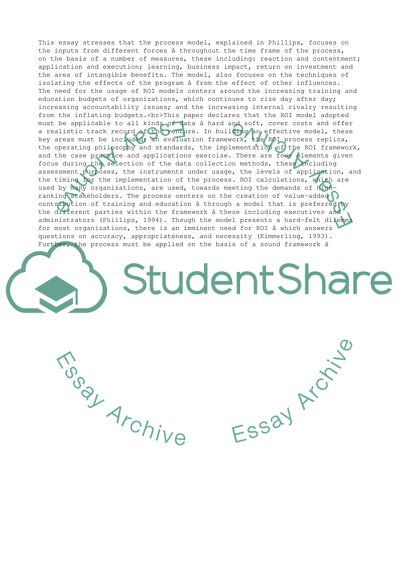Cite this document
(“HRD Intervention and an Appropriate Evaluation Research Paper”, n.d.)
HRD Intervention and an Appropriate Evaluation Research Paper. Retrieved from https://studentshare.org/business/1449419-hrd-intervention-and-an-appropriate-evaluation
HRD Intervention and an Appropriate Evaluation Research Paper. Retrieved from https://studentshare.org/business/1449419-hrd-intervention-and-an-appropriate-evaluation
(HRD Intervention and an Appropriate Evaluation Research Paper)
HRD Intervention and an Appropriate Evaluation Research Paper. https://studentshare.org/business/1449419-hrd-intervention-and-an-appropriate-evaluation.
HRD Intervention and an Appropriate Evaluation Research Paper. https://studentshare.org/business/1449419-hrd-intervention-and-an-appropriate-evaluation.
“HRD Intervention and an Appropriate Evaluation Research Paper”, n.d. https://studentshare.org/business/1449419-hrd-intervention-and-an-appropriate-evaluation.


